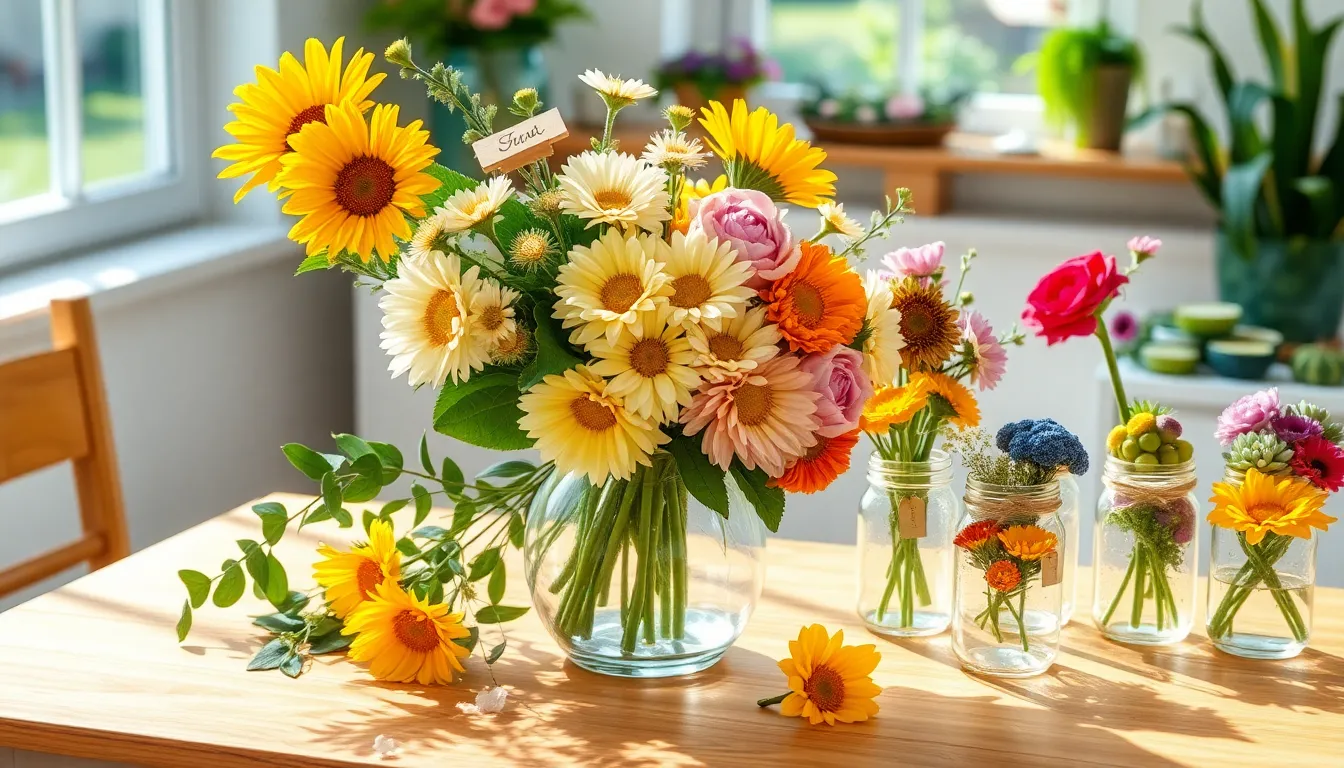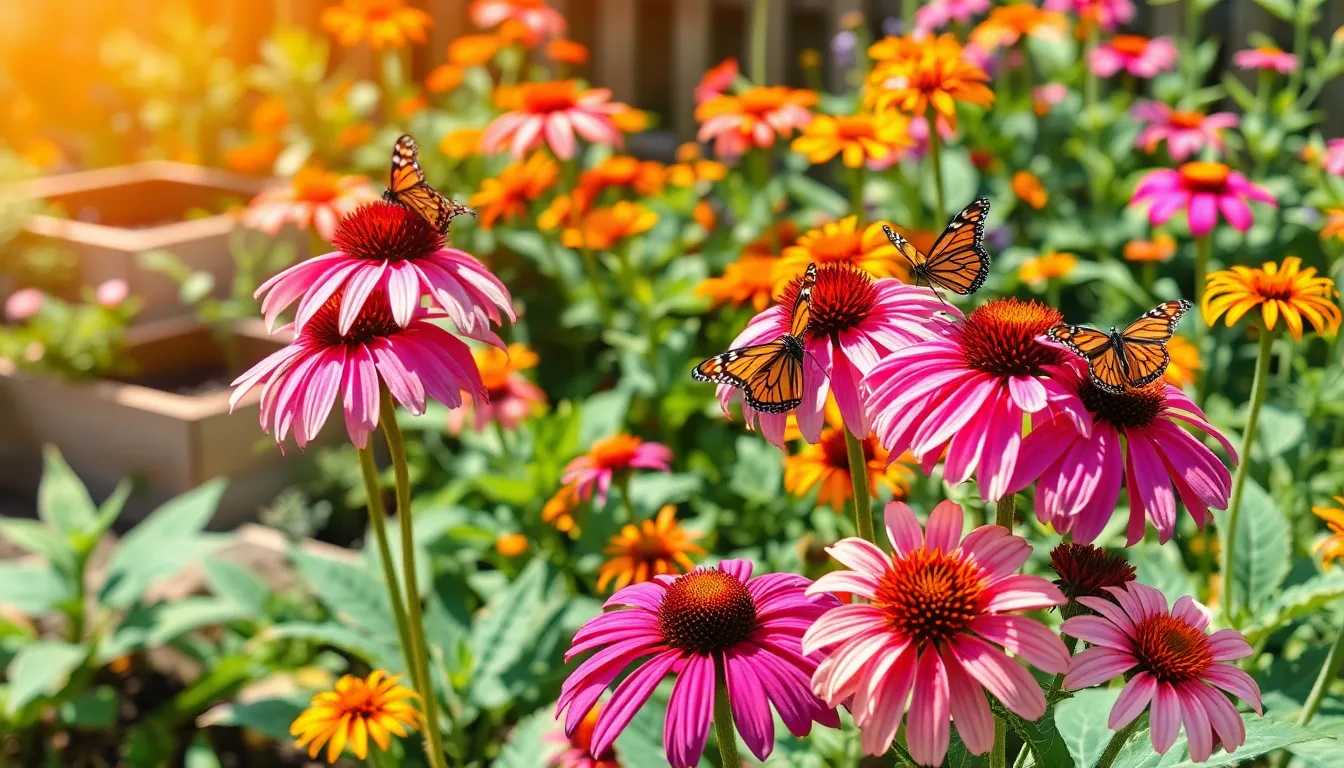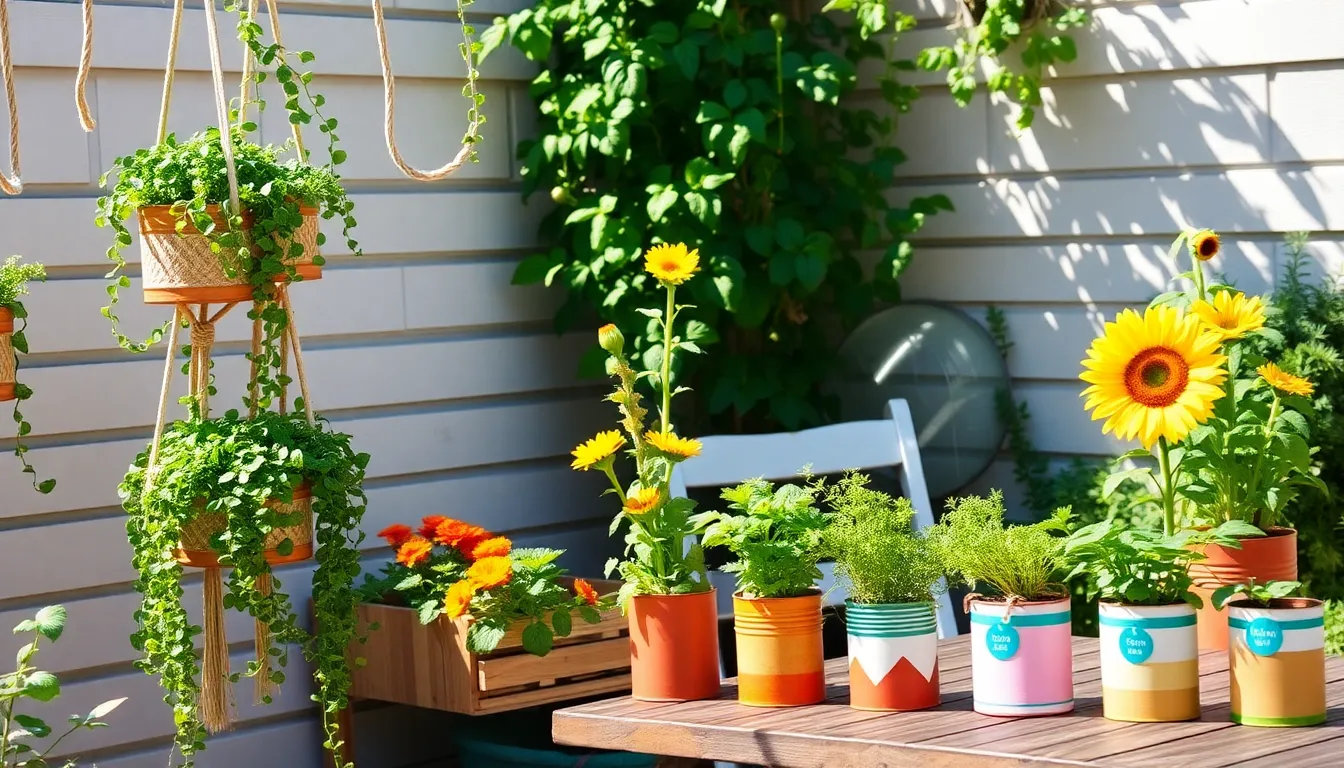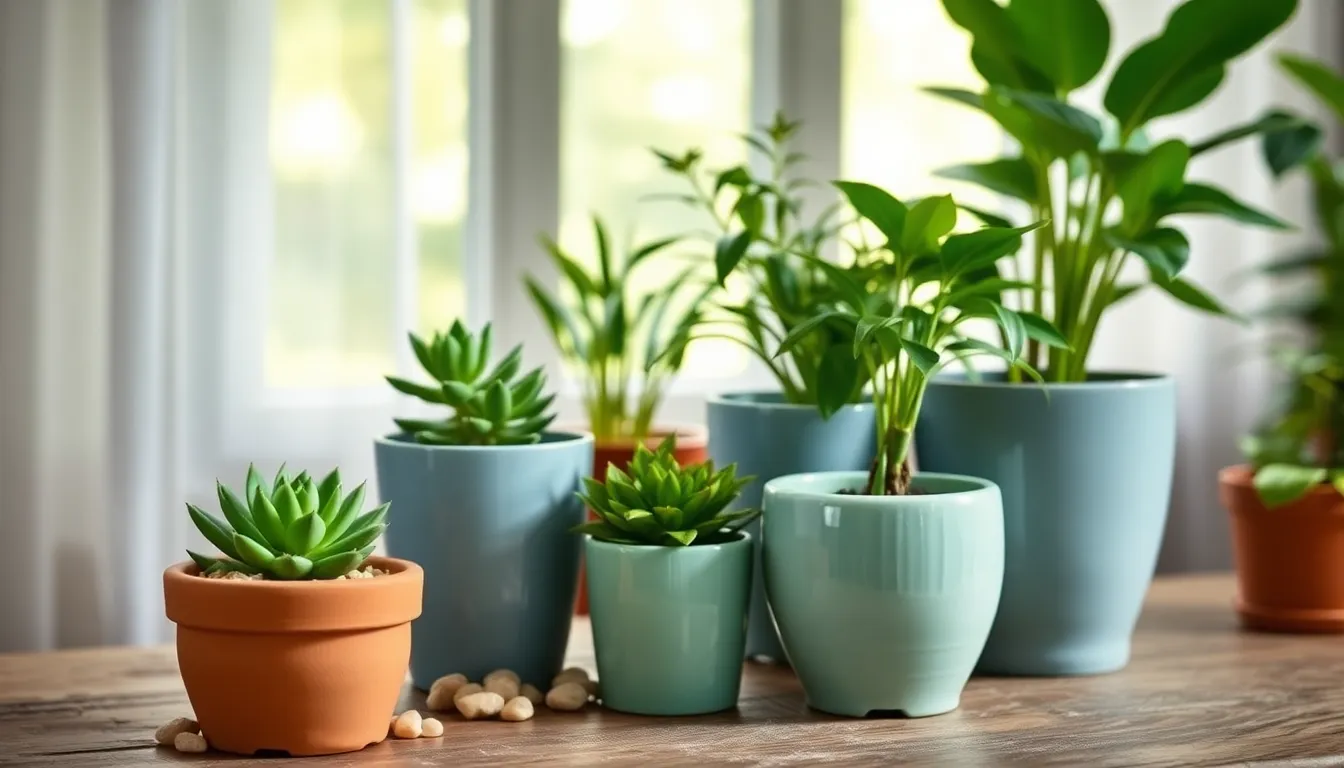Creating beautiful flower arrangements is a delightful way to bring the beauty of your garden indoors, transforming everyday spaces into vibrant displays of nature’s artistry. Whether you’re just beginning your gardening journey or have been nurturing plants for years, arranging flowers offers a rewarding blend of creativity and mindfulness that can enrich your gardening experience.
For the novice gardener, exploring flower arrangements can feel like a new world of possibilities waiting to be discovered. You’ll learn how to combine colors, textures, and scents in ways that enhance your home’s ambiance and reflect your personal style. Meanwhile, seasoned gardeners will find joy in experimenting with new techniques, expanding their botanical palette, and perhaps even growing specific varieties to enhance their floral masterpieces.
In this article, we’ll guide you through the basics of flower arranging, from selecting the right blooms to mastering the art of composition. You’ll gain insights into choosing containers, pairing plants for stunning effects, and maintaining the freshness of your arrangements for as long as possible. Join us as we delve into this fulfilling facet of gardening, inspiring both newcomers and experienced green thumbs to cultivate beauty beyond the garden bed.
Choosing Your First Flowers
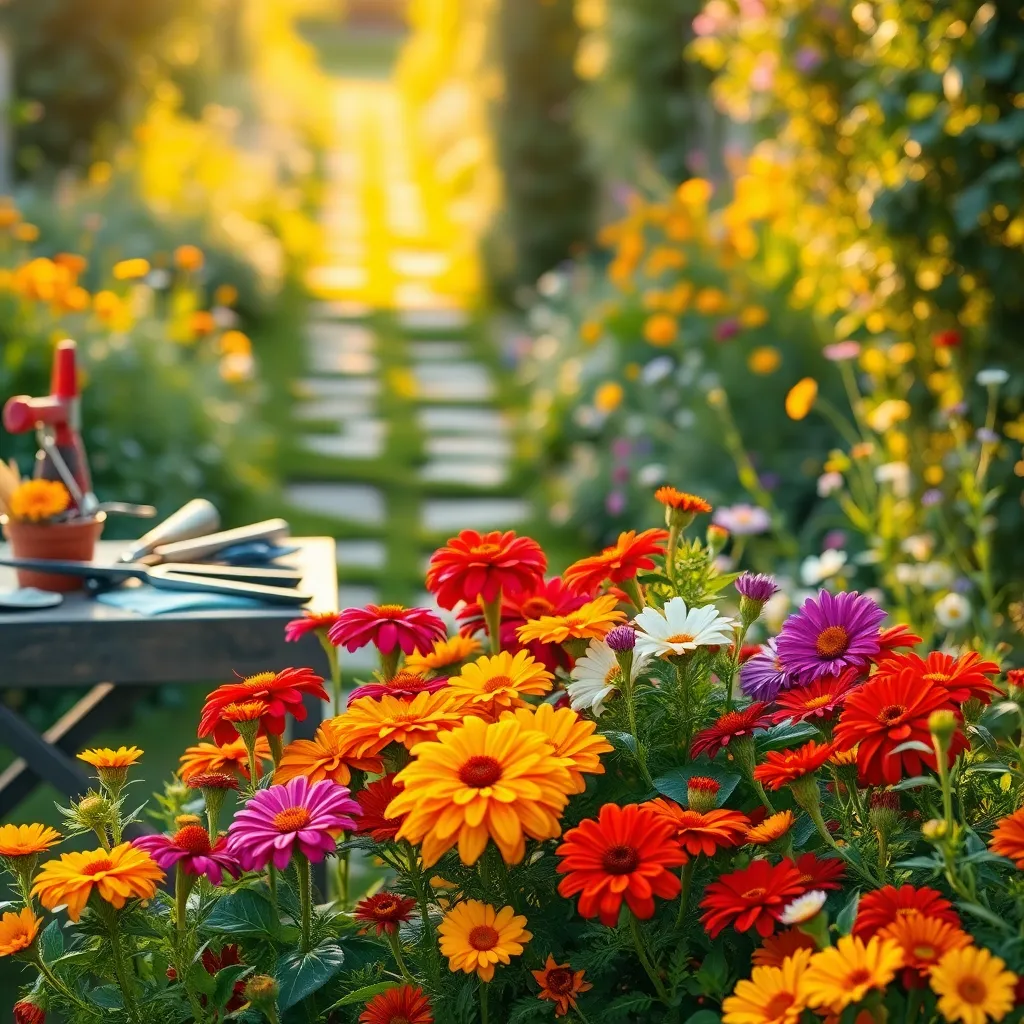
When selecting your first flowers, consider starting with hardy varieties like marigolds or zinnias. These plants are known for their resilience and can thrive in a range of conditions, making them perfect for beginners.
Sunlight is a crucial factor in flower selection, so choose plants that match the available light in your garden. For sunny spots, sunflowers and daisies are excellent choices, whereas impatiens and begonias do well in shaded areas.
Soil quality plays a significant role in the success of your flowers. For most flowers, a well-draining potting mix enriched with compost will provide the necessary nutrients for healthy growth.
Watering is another key aspect to consider when growing flowers. In general, flowers prefer thorough watering once a week, but always check the soil moisture with your finger to avoid overwatering.
- Beginner Tip: Group flowers with similar care needs together to simplify maintenance.
- Consider using mulch to help retain soil moisture and reduce weeds.
- For those ready for a challenge, try growing roses, which require regular pruning and feeding.
Basic Tools for Arranging
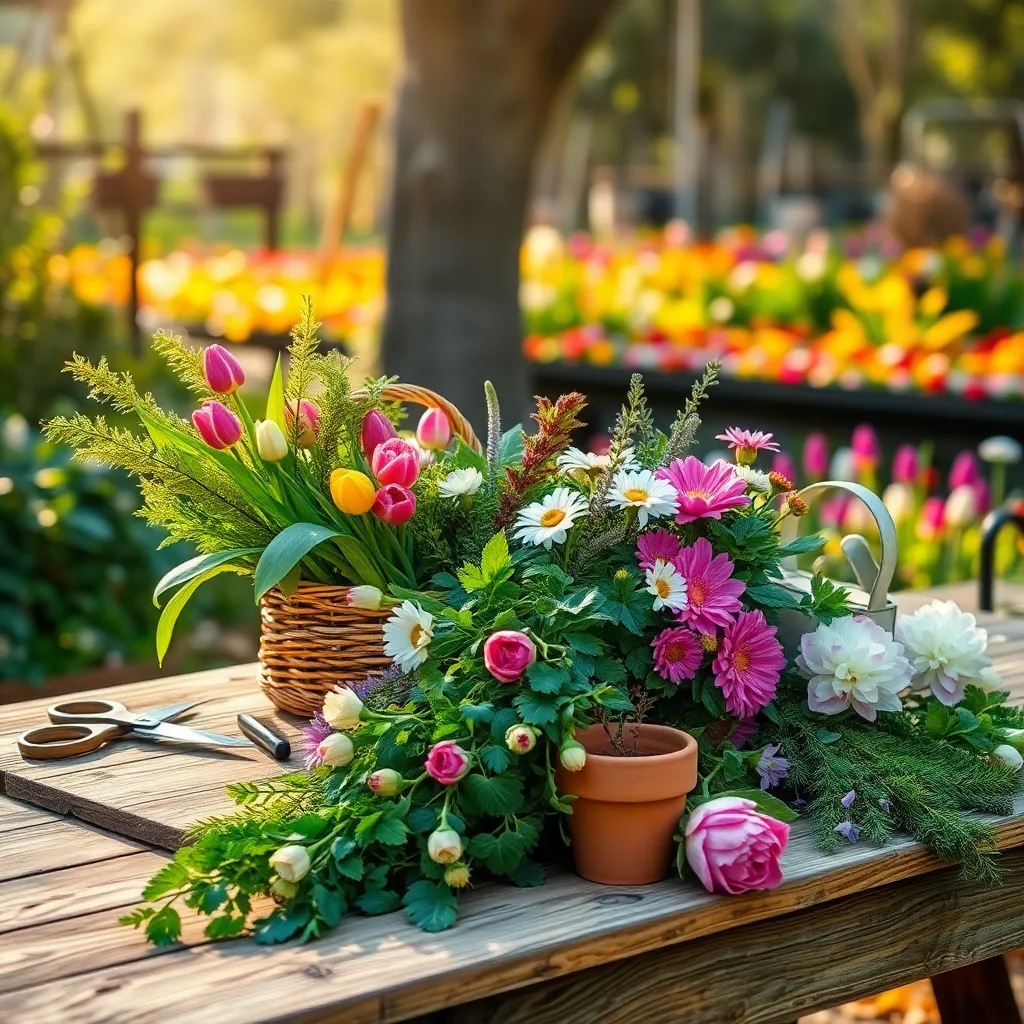
When starting with flower arrangements, having the right tools can make all the difference. A sharp pair of floral scissors is essential for making clean cuts that help flowers absorb water efficiently.
Consider investing in a floral foam block to keep your arrangements stable and hydrated. Floral tape and wire are also crucial for securing stems and adding structure to your designs.
A small, handheld spray bottle will allow you to mist your arrangements, keeping flowers fresh and vibrant. Use room temperature water for the best results, as cold water can shock the flowers.
For those looking to advance their skills, a flower frog can be a useful tool for anchoring stems in place. This device allows for more control and creativity in your arrangements, giving each flower the support it needs to stand tall.
Simple Techniques for Beginners
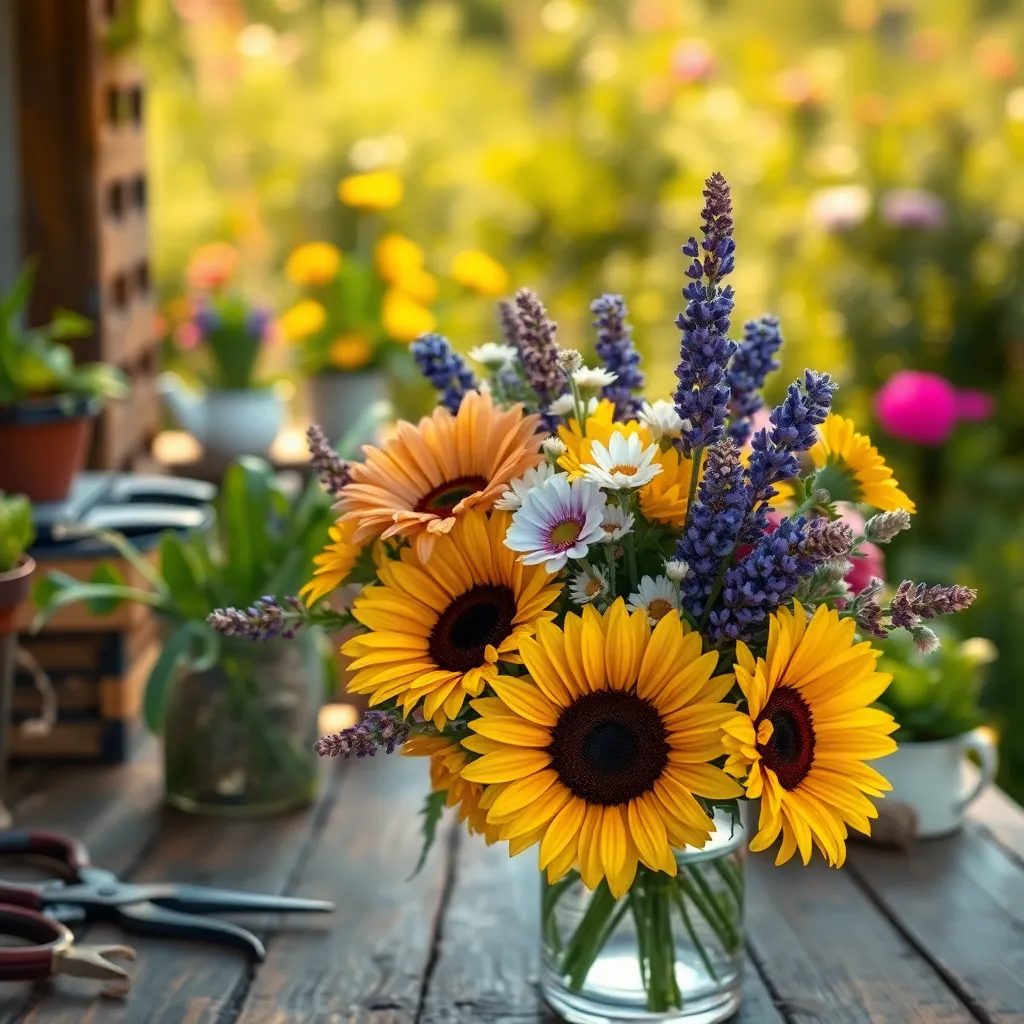
To create beautiful flower arrangements, begin by selecting a variety of flowers with different heights and textures. Choose plants that are in season for the freshest blooms and the longest-lasting arrangements.
When arranging, start with a focal flower such as a rose or lily, which will draw attention. Then, fill in with smaller filler flowers and greenery to add volume and texture.
Cut stems at a 45-degree angle to allow maximum water absorption, helping your flowers last longer. It’s also important to remove any leaves that fall below the water line to prevent bacteria growth.
Water your arrangements regularly, ensuring the water is fresh by changing it every two days. Adding a floral preservative can help extend the life of your flowers, keeping them vibrant and healthy.
Experiment with different vase shapes and sizes to complement your flower choices. For a balanced look, pair tall flowers with a tall vase, while shorter, more abundant blooms work well in a low, wide vessel.
Creating Balanced Compositions
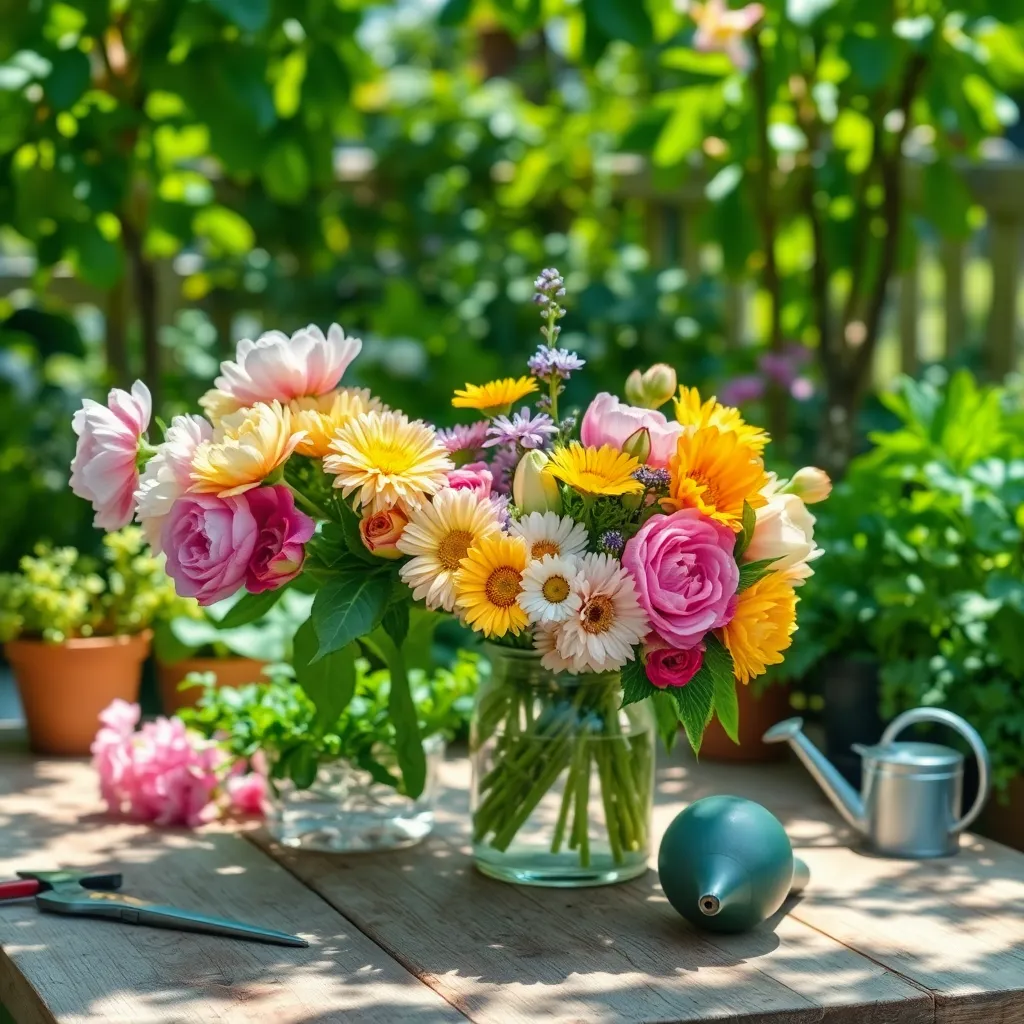
Creating a balanced composition in flower arrangements begins with understanding the size and shape of your container. Opt for a container that is proportional to the space where the arrangement will be displayed, ensuring it complements the flowers without overshadowing them.
Consider using thrillers, fillers, and spillers to achieve a dynamic yet balanced look. Thrillers are tall, eye-catching plants; fillers add mass and color; and spillers drape over the edges, providing a cascading effect.
When selecting flowers, aim for a mix of textures and colors that harmonize rather than compete. Complementary colors, such as purple and yellow, can create an attractive contrast, while similar hues, like different shades of pink, offer a more subtle blend.
Varying the height and depth of your arrangement can add visual interest and balance. Place taller flowers at the center or back (depending on placement) and shorter ones in front to ensure each bloom is visible and contributes to the overall design.
Maintaining Your Arrangements
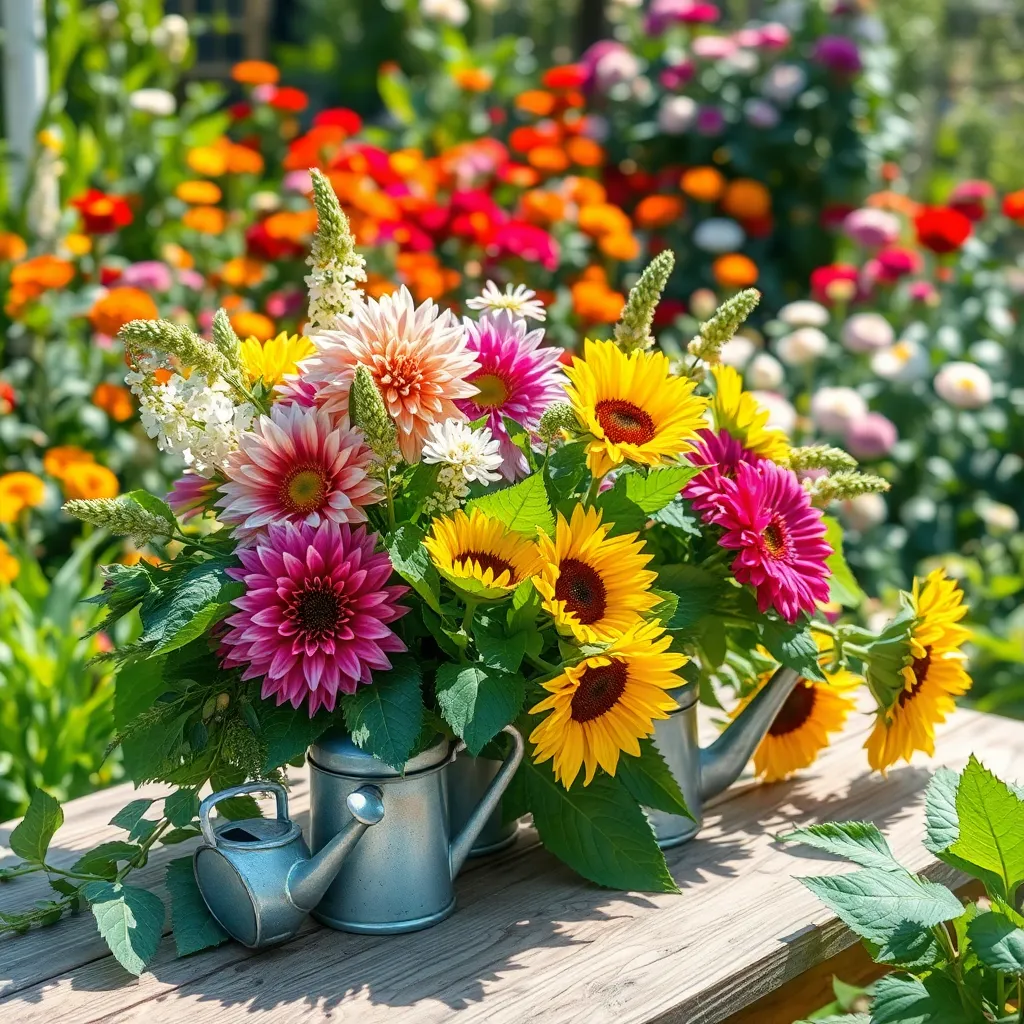
When maintaining your flower arrangements, it’s crucial to keep them fresh and vibrant. Trim the stems every few days to help the flowers absorb water more effectively and prevent the ends from sealing.
Always ensure the water in your vase is clean and fresh. It’s advisable to change the water every two to three days, which helps in reducing bacteria growth that can shorten the life of your arrangement.
Position your flower arrangements away from direct sunlight and heat sources. Temperature control is key, as too much warmth can cause the flowers to wilt quickly.
Consider using a floral preservative, which you can either purchase or easily make at home. A simple mixture of sugar, lemon juice, and a small amount of bleach will extend the life of your arrangement and keep the water clear.
For those looking to delve deeper, experiment with different types of vases and plant materials. Using a vase with a narrow neck can help support the stems and create a fuller look with fewer flowers.
Advanced gardeners might try incorporating woody stems, such as branches from shrubs, which can add structure and prolong the arrangement’s lifespan. Conditioning these stems by splitting the ends will improve water uptake.
Finally, regularly rotate your arrangements to ensure that all flowers receive even light exposure. This simple practice helps maintain a balanced appearance and prevents flowers on one side from fading prematurely.
Conclusion: Growing Success with These Plants
As we wrap up our journey through “Flower Arrangements for Beginners,” let’s revisit the five key relationship concepts we explored: understanding the significance of balance in both arrangements and relationships, recognizing the beauty of diversity and individuality, the importance of nurturing growth, the art of communication through creative expression, and the power of patience and persistence. Each of these principles not only shapes a stunning bouquet but also enriches the tapestry of our relationships.
Now, take a moment to select a small floral project, perhaps a simple arrangement, and practice these concepts in your personal connections. Let this activity remind you of the delicate balance and beauty in nurturing relationships.
I encourage you to bookmark this article as a handy reference, an inspiring guide to return to whenever you need a boost in your relationship journey. By embracing these principles, you pave the way for vibrant, lasting connections. Remember, every flower arrangement, like every relationship, begins with a single step. So, let’s take that step today, nurturing our bonds with the care and creativity they deserve. Your flourishing relationships await!

